7 Suggestions for a Wellness Retreat in Peru
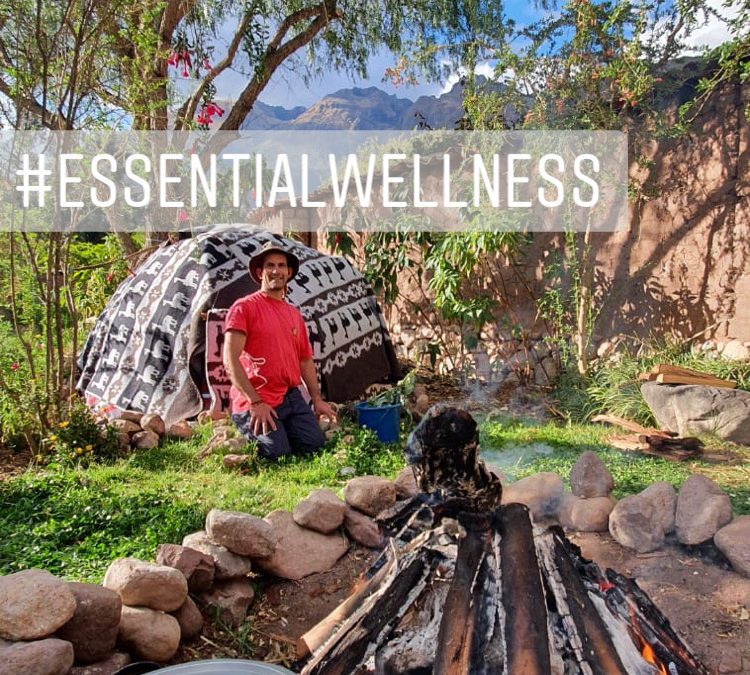
7 Suggestions for a Wellness Retreat in Peru
A Wellness Retreat means something different to everyone – as it should. We all have different needs and expectations about what makes us feel well. Some of us focus on the physical: we want to eat better, sleep better, feel better and have more energy. Many of us have realized we need to calm our busy minds, reduce stress, find emotional balance and take a mental break from our frenetic lives. And for an increasing number of people, a Wellness Retreat means taking a closer look at our purpose on this planet. Loosely defined as spirituaitylity, we seek to understand why we are here and to reconnect with our higher selves.
Peru is an ideal destination for those pursuing any of these definitions of wellness. Peru’s Sacred Valley in particular has natural beauty and cultural richness so striking that it instantly nourishes our physical bodies and seamlessly soothes our busy minds. And for as long as we have been living in Peru, the Sacred Valley has been a mecca for those pursuing spiritual transformation.
In 1995, our founder, Carol Cumes, published Pachamama’s Children: Mother Earth & Her Children of the Andes in Peru. It was based on 10 years of her research on the Quechua people’s cosmology and their spiritual connection with Mother Earth. Inspired by what she learned from the gentle Quechua, Carol created the Sacred Valley’s first Yoga and Wellness Retreat Center, Willka T’ika (“Sacred Flower” in Quechua). Over the last 27 years, Willka T’ika has hosted hundreds of yoga and wellness retreats. We’ve watched the world come to Peru seeking healing, inspiration, and connection. This guide will share 7 suggestions of how to make the most of your Wellness Retreat.
1) Decide what kind of a Wellness Retreat you want
Group or Personal Wellness Retreat?
First things first, are you traveling alone? If so, do you want to keep to yourself or would you rather join a group of like-minded travelers? A Personal Retreat usually means you will have plenty of opportunities to be alone and to make your own decisions about how you spend your time. A Group Retreat usually means you join a specific program and have a structure in place as well as a cohort of participants. Both can be equally powerful and beautiful. It really depends on what you’re looking for and what is available. Most retreat centers focus on groups but some will allow individuals who are not part of a group to stay and join in some (not all) activities. The Sacred Valley attracts many women solo travelers, so if you’re a woman traveling alone and hoping to meet others, find out in advance if there will be others around.
Sedentary or Active Wellness Retreat?
Everyone has different levels of fitness and the altitude of the Andes can be challenging even for the most active. At 2,800 m (9,200 ft) the Sacred Valley is much more comfortable than Cusco’s 3,400 m (11,200 ft), but it can still be challenging to exercise. Decide how much activity you want and pick a retreat that gives you what you need. Some retreats focus on gentle yoga while others include vigorous hiking. For the restless traveler, sitting for hours in a sharing circle may be more draining than a morning workout! And keep in mind that certain excursions (like Rainbow Mountain) are VERY high (think Everest Base Camp) so think twice before you sign up for something based on a photo in a social media post.
Tourist or Traveler?
By definition, Wellness Retreats require the participant to be grounded in one place where she can focus on a healthy routine. Too much sight-seeing can make it difficult to relax, unwind, and nurture yourself. That said, Peru is a tourist’s paradise and if you’re traveling this far, it makes sense that you would want to see Machu Picchu, Cusco and some of the amazing Incan ruins and local markets in the Sacred Valley. Pick a retreat that includes some tourist activities or allow extra time before or after the retreat to do sightseeing. Due to the complexity and cost of booking an excursion to Machu Picchu, many retreats do not include this flagship attraction. Therefore, you may want to find a guide or travel agency to help you make the necessary arrangements or ask your retreat center for some “DIY” suggestions.
2) What does your physical body need?
Nutrition
Food is a big part of any wellness retreat and you want to feel that you are being well taken care of. The retreat center should be happy to provide vegetarian and gluten-free diet modifications. Check that there is filtered water and whether the food is being sourced sustainably and ideally organically. Keep in mind that it might be hard to find some things (protein bars, almond milk, Stevia!) so consider bringing a few of your essential foodstuffs with you.
Movement
Are you here for a yoga retreat? Remember that there are dozens of yoga styles and you want to make sure you know in advance who is teaching and what their style is. If you have physical ailments, you may want an Iyengar or Anusara teacher who has studied alignment and can offer postural modifications. If you are looking for a workout, you’ll want a vinyasa flow or power yoga class. Maybe you’re dabbling and you’d like to try a few different teachers. The most important thing is to feel comfortable and safe with your teacher. Breathe and smile!
Rest
Rest and relaxation should be part of any wellness retreat. What do you need for a good night’s sleep? A comfy bed? A private room? Extra pillows? Essential Oils? What does the retreat schedule look like? Is there free time built in? Do you have to get up at 6AM to meditate? If you’re sharing a room, you may want to bring ear plugs or a noise-cancelling headset. It can be challenging to sleep at altitude and we recommend drinking infusions (matés) made from local herbs to help acclimate.
3) What does your mind need?
Mindfulness
Most wellness retreats include some kind of mindfulness practice. This could include meditation, Yoga Nidra, mindful meals, silent walks, and nature connection. Do your best to disconnect from technology and separate from the distractions of your life back home. If you need to check-in with family or work, set boundaries with yourself and others about when it is appropriate to do so. If you want to get the most out of your retreat, you should use your phone sparingly. If this sounds impossible for you, consider a Digital Detox retreat!
Personal Space
Personal retreats are ideal if you are craving peace and quiet. Group retreats tend to have many activities and it can be disruptive to the group if you skip them. If you need more personal time on a group retreat, check with the leader in advance. I once joined a writing retreat at Esalen and then found out the leader wanted the group to spend the day reading and writing poetry together! I asked if it would be OK if I excused myself for a few hours a day to write prose and he agreed. If not, I would not have gotten what I needed out of the retreat.
Connection with Nature
If you’re traveling to Peru then you are likely coming to behold the majestic Andes. Visiting the Sacred Valley means walking in the shadows of the giant Apus or mountain deities. Even the most urban travelers cannot help but feel in awe of the surrounding glaciers and inspired by alpine scenery. Make sure you get outside and connect with the land. Hopefully, your retreat will help you to do this. If you have extra time, consider one of the many breathtaking hikes in the Sacred Valley. And if you hike high enough, you may be lucky enough to meet an alpaca!
4) How to connect with your higher self
Conscious Activities and Rituals
A Wellness Retreat can guide you gently towards your higher self. In Andean cosmology, there are 3 worlds of existence. The higher world (or Hanan Pacha) is the place of the Condor or the spiritual realm. If you are seeking spiritual guidance, then there are many local rituals that can introduce you to this world. Andean offerings or despachos allow you to give gratitude to the mountains (Apus) and Lakes (Cochas). The sacred coca leaf can be used in a variety of rituals and to show respect to a Quechua farmer who passes you on your walk. There are countless activities offered in retreats (Sweat Lodges, Cacao Ceremonies, and Sound Healing) and it’s important to honor the traditions from where they come – some may be from Peru and others may be imported!
Sacred Ceremonies
Sacred Ceremonies are used to focus on the traditions of the Quechua people and especially the Q’ero elders who still honor Pachamama as the Incas did 500 years ago. However, these days, Sacred Ceremonies are often equated with Plant Medicines such as Ayahuasca and San Pedro. If you are interested in these kinds of entheogens then you especially need to do your homework. So many retreats these days focus on plant medicines, which sometimes leaves little time or energy for much else. Please be careful and keep in mind that most of these plant medicines are not native to the Andes and were not a part of Andean cosmology or spiritually until foreigners started asking for them.
Leadership
Every retreat should have a leader who is your guide on your personal journey of discovery. Some leaders have extensive training as teachers, therapists, facilitators, and coaches. Others have little formal training but may have led many groups. Find out what you’re looking for and check the background and credentials of the leaders. If your interest is yoga, you’ll want a very experienced yoga teacher. If you want to immerse yourself in the cultural traditions of the Andes, you’ll want someone who has studied them extensively. Peruvians have to go through rigorous training to be a tourist guide so sometimes it can be ideal to combine local guides with foreign trip leaders. And if something goes wrong, it’s always helpful to have a local around.
5) Preparing for your Wellness Retreat
Practical Tangibles
These days, one has to be quite organized to travel. There are a few websites you need to check before booking your retreat. You need to be familiar with your airline policies, cancellation policies, trip insurance conditions, visa requirements, etc. In Peru, government regulations change constantly and it’s important to stay up-to-date. Your retreat center should send you information to help you plan your trip, including a list of what to bring and how to travel to Peru. This is in addition to whatever programmatic information you might receive. Luggage gets lost all the time in Peru so traveling with only carry-on luggage is a huge wellness win if you can pull it off!
Setting an Intention
Once you’ve taken care of the logistics, you can focus on the real juicy part of your experience: your intention. Why are you going on this retreat? What do you want to get out of it? How would you like to feel when you return? Write down a few thoughts before you arrive and revisit them during your retreat. Hopefully you’ll have a chance to share them with others in your group, including the retreat leader. And if you’re on a personal retreat, then you can contemplate your intention during your movement or mindfulness practice, by writing in your journal, or swap stories with someone you meet at dinner.
Personal Preparation
There are a few things you can do before your retreat to maximize the experience. Reading about Peru and learning a little bit about the culture is a great start. Pick something of interest (history, culture, food, etc.) and buy a book to read on the plane. Although you may not have time for this before traveling, getting in shape will really help you adjust to the altitude. See if you can at least do a couple hikes or long walks before you travel. Your knees will thank you for it when you get to Machu Picchu! And remember, there is much to be said for spontaneity. Let yourself by surprised by Peru. Don’t feel like you need to read every blog and TripAdvisor Review. Once you’ve made your decision, let go, take a breath, and let yourself arrive.
6) Contemplate your Hero’s Journey
Whether you know it or not, you are embarking on a Hero’s (or Heroine’s) Journey! Joseph Campbell summarized the Hero’s Journey in 3 stages which may be useful for you to consider before you embark on a Wellness Retreat.
Separation
The first phase of the journey is leaving your old life behind. This is essentially the point of a Wellness Retreat. If you bring all your gadgets, your work, and your friends with you to Peru, you won’t really be on a Wellness Retreat, will you? It takes courage and some gumption to cut your ties with your life (even for a short time); so give yourself some props for doing this!
Threshold
The second stage of the journey is the most challenging, sometimes referred to as the “Dark night of soul.” This is when things get difficult. In Campbell’s mythology, it’s the equivalent of confronting your dragon or personal demons. For some people this may mean getting altitude sickness or homesick for a loved one. For others it may mean having a major breakthrough that causes you to question parts of your life.
Integration
The final stage is arguably the most important and often the most overlooked. After you have slayed your symbolic dragon and overcome any obstacles that have come up, you now need to return home and incorporate these learnings into your “default” life. That is no small feat! You may need help from like-minded friends or professionals who can help you integrate what you have learned. Ask your Wellness Retreat Leader for advice and for tools to help you bring the grail back home.
7) Giving Back
To the Land
The Quechua people honor Mother Earth at every occasion. At Andean celebrations, you’ll see them pour a few drops of chicha (corn beer) on the ground as a gift for Pachamama, before taking a sip. While you visit the Andes, it is important that you too show respect for Pachamama. How can you help protect this part of the world, where the stresses of tourism and economic development can be both a blessing and a curse for the environment? Consider participating in a conservation project to help preserve the beauty that you are blessed to witness. And if you don’t have time or resources to donate, then consider making a simple K’intu blessing with 3 coca leaves each time you walk upon the land.
To the People of Peru
In the Andes the concept of ayni (reciprocity) is deeply ingrained in the Quechua culture. The Quechua people believe that we should help our neighbor today, knowing that tomorrow our neighbor will return the favor. It is common in the Sacred Valley to see the ayllu (community) turn up to help someone build a house or plow a field. We believe that travel should be as sustainable as possible so that future generations can continue to enjoy the wonders of Peru. This is particularly relevant for wellness retreats, where sustainability and yoga should go hand in hand. On your retreat, as you interact with the locals, take a moment to consider how your visit might affect them. Are you helping them economically or just taking photos? Is there a responsible way you can help improve their health or education so that they can break the cycle of poverty and dependence on tourism?
To Your Community
As you return from your Hero’s Journey with the elixir of wisdom from your Wellness Retreat, think about how you can contribute to your family, your friends, and your community. What have you learned that you can share? May your memory of the Andes help you connect more deeply with Nature. May your Wellness Retreat experience allow you to deepen your mindfulness practice. May the delicious food grown in the “bread basket of the Incas” nurture you on your healthy path. May you think of the gentle Quechua people and the land of Peru with admiration, humility and gratitude. May you be well.
To download the original article published by Shamanism Magazine, click here:

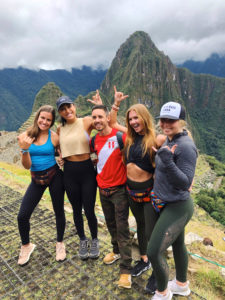
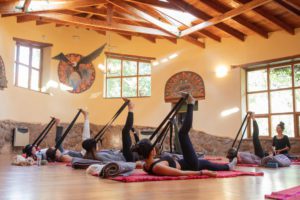
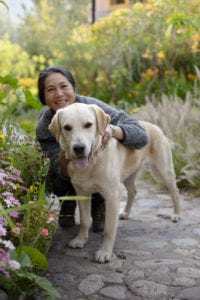

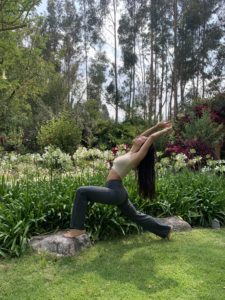

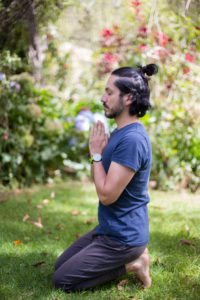
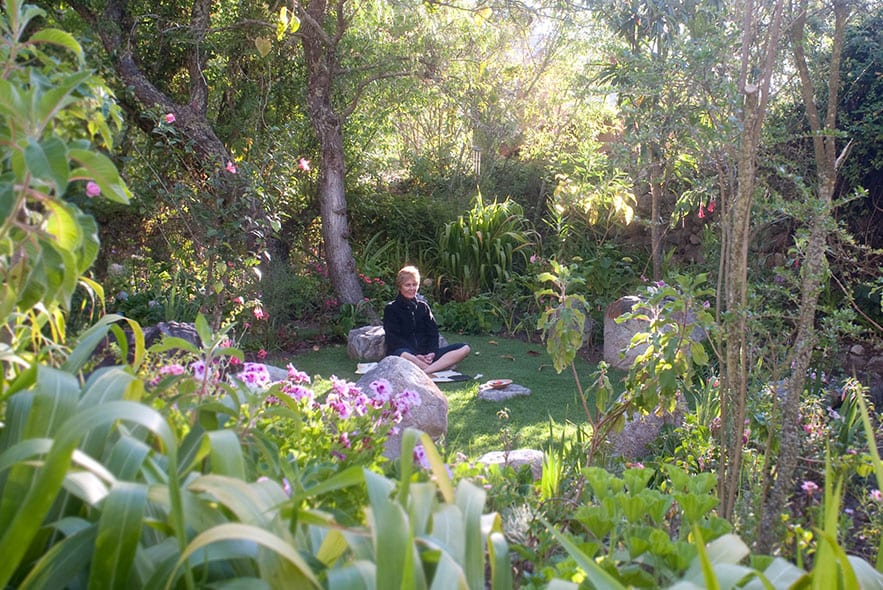
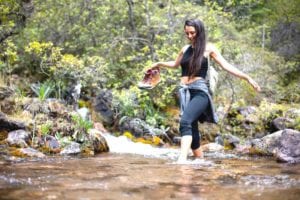
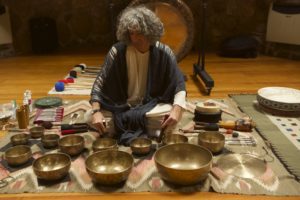
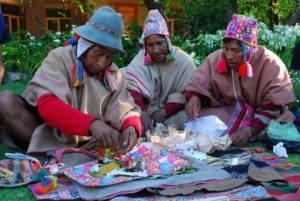
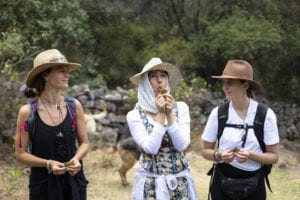

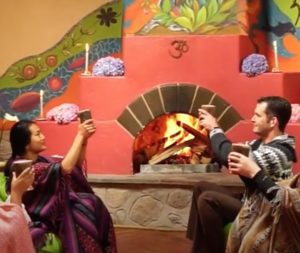
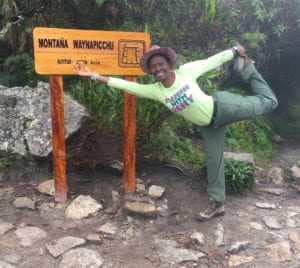
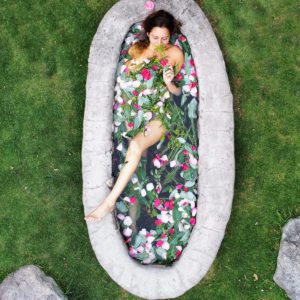
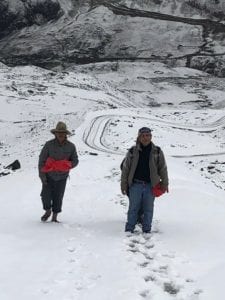
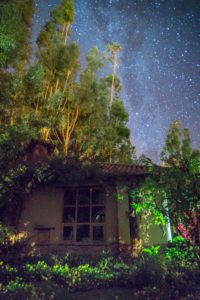
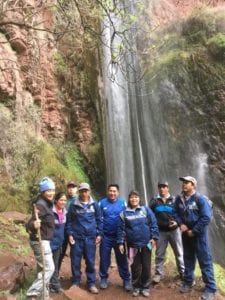
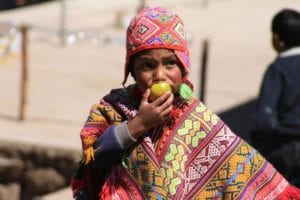
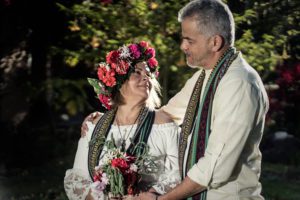

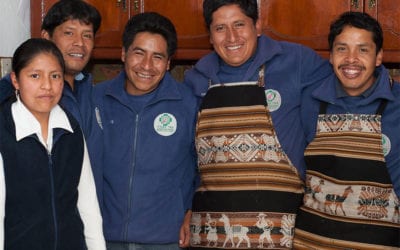
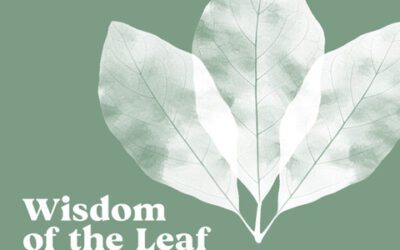
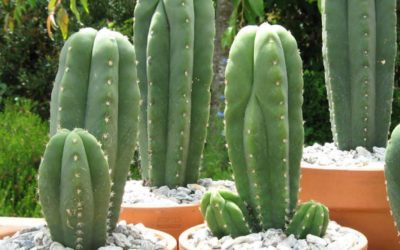
Recent Comments